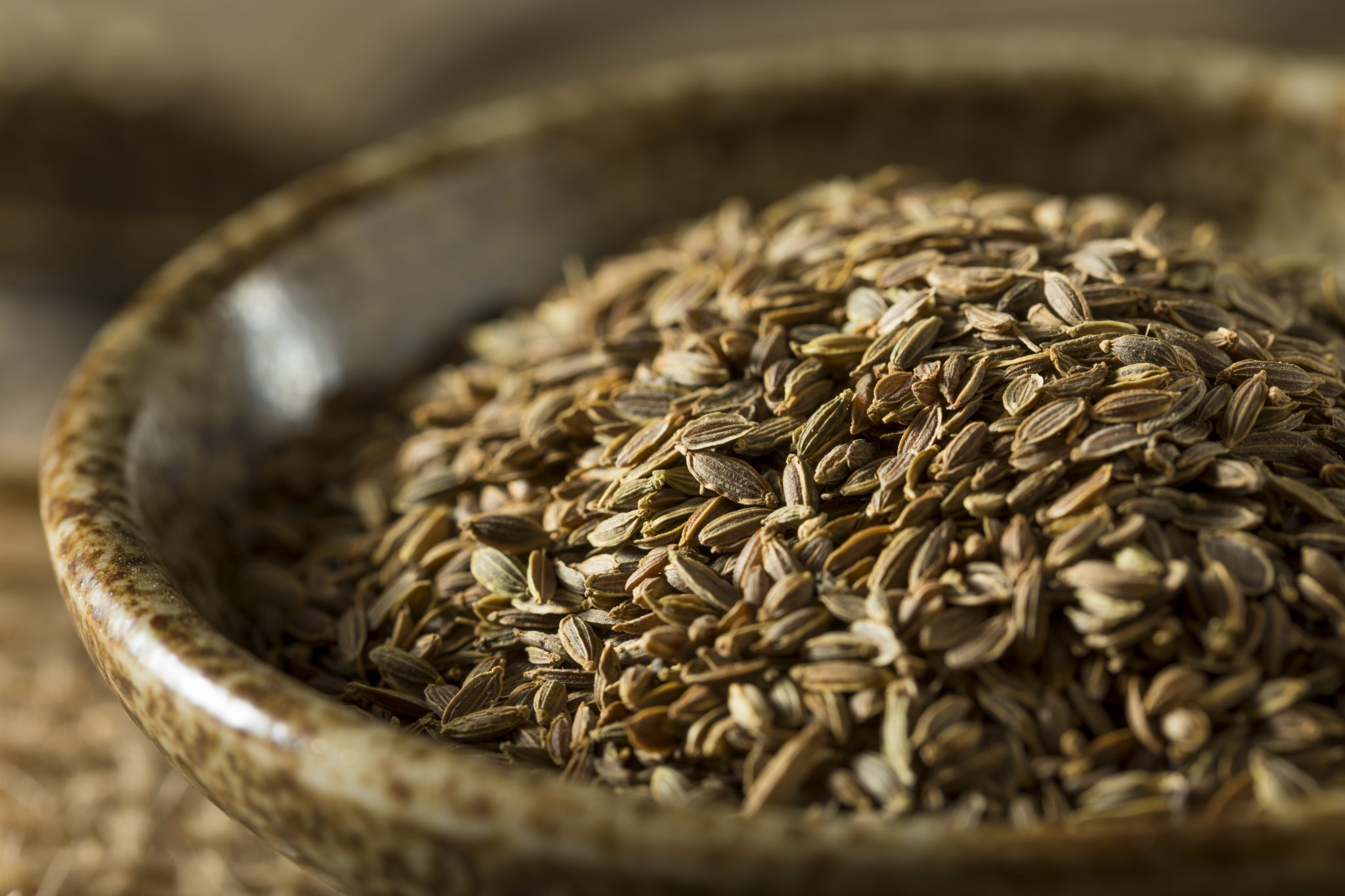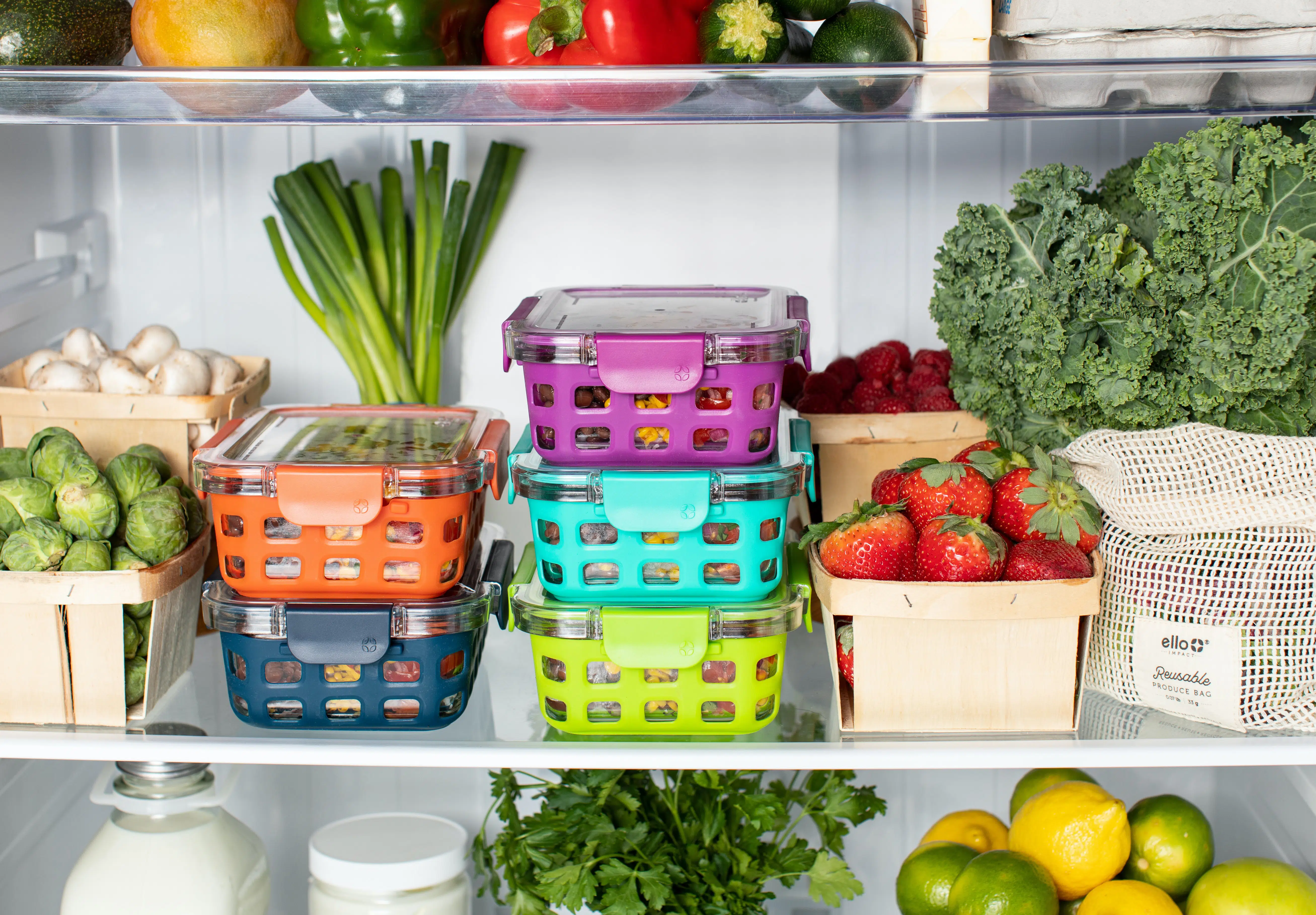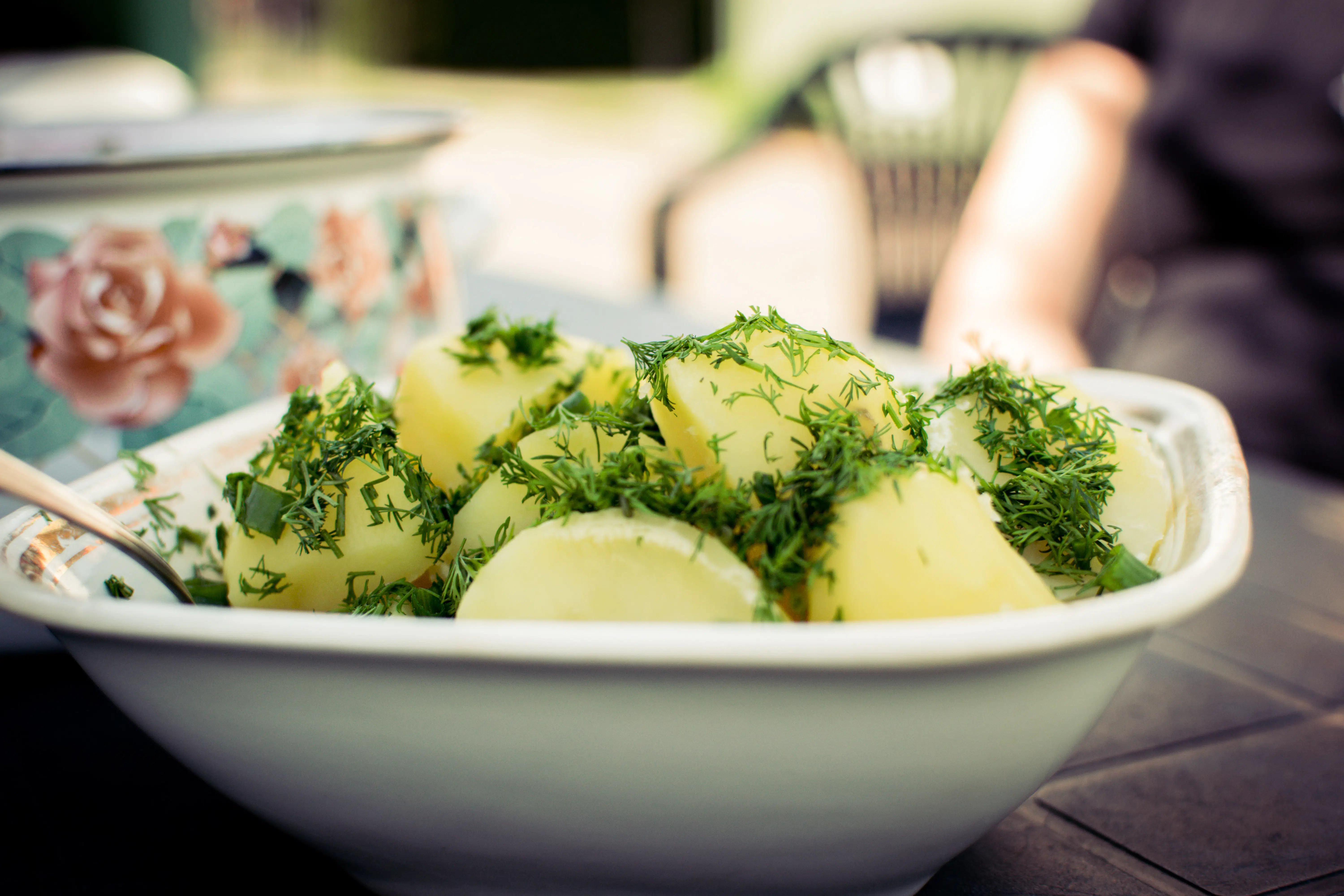
Dill plants are not hard to grow but they do require some attention. If you’re not familiar with how to harvest dill, it can be daunting. But don’t worry! It doesn’t have to be, it’s really not a big dill! Dad joke, but I had to.
Dill is often grown as an ornamental herb and not just for culinary use because its bright green leaves are attractive and its flowers bloom long into the fall season. It is a popular addition on top of dishes or eaten raw with salads or plain yogurt dip.
Some people grow dill in pots while others plant their dills in the ground. Dill requires moderate amounts of water and prefers full sun. If you are growing your dill in a pot, you will need to make sure it has proper drainage.
follow the steps in this article to ensure your dill plant thrives!
Jump ahead to:
When should I Harvest Dill for the Best Harvest?
Dill can be harvested at any point in its life cycle. However, the best time for harvesting dill is right when the plant is flowering. Dill plants are best harvested when they reach about 12 inches in height.
To get great dill, it’s best to harvest it when you see flower spikes poking out of the ground. Cut the whole plant off near ground level.
Harvesting Dill is usually done in the spring because it is related to the vernal equinox and it’s a symbolic tradition. You’ll get about 4-6 weeks of harvest from the dill plants if you have not watered them heavily, or if you’re growing them indoors.
There are many steps involved in harvesting dill at the right time, but the most important step is guaranteeing that you are harvesting at the peak of maturity.
Harvesting Dill before it reaches maturity will result in a spindly and leggy plant. Harvesting Dill after it has matured will result in a plant that is too tough and stringy.
The best time to harvest a Dill plant is when it just begins to flower, when its flavor is its strongest and texture is at its best.
How to Harvest Dill Seeds
Harvesting dill seeds is a good way to control the weed population in your garden. The process is simple and takes very little time.
First, you will need to pick a sunny day with no rain predicted for the next few days. In order to harvest, you’ll want to allow the dill plant to start flowering and then wait for it to go to seed before harvesting. Harvesting dill seeds at any other time will result in fewer seeds per plant.
Once you have harvested enough dill, lay them out on a paper towel or newspaper and allow them to dry out completely before storing in an airtight container away from light!
How do I prune dill for a better harvest?
When harvesting dill, you should always harvest it before it flowers. Harvesting dill after it flowers will make it go to seed which will make your dill stop growing altogether. You can use the fresh leaves in salads, soups, and as garnishes on other dishes. Once you are done harvesting your fresh leaves, be sure to dry them out so that they can be used later on in soups and stews during colder seasons.
How to Plant Dill Seeds Effectively

Fresh dill is a staple herb for many dishes. It is used to make everything from pickles to sauces and it is also a popular garnish for cheeses. This herb can be grown in small spaces, which makes it an attractive option for those who are looking to grow more of their own herbs and spices. The flower-shaped leaves have a lot of flavor and are often used to flavor meats but they can also be used as an excuse to get your kids involved in the kitchen.
Dill is a great herb for adding flavor to your favorite dish. It adds a little bit of spice to the dish and it also intensifies the taste. Dill can be grown from seedlings or purchased from stores and nurseries.
Planting Dill
1) Start by planting dill seeds in well-drained soil that has been mixed with compost or manure prior to planting
2) Keep the seeds moist until they germinate, which usually takes around five days
3) Once they have sprouted, thin them out so they are about 8 inches
Dill Weed and What it’s Used For
Dill weed is a plant that can be used for many different purposes. Dill weed can be used as a spice in food, sauce, or soup. Dill weed is also used to flavor other herbs and spices.
Dill Weed has been used in traditional medicine for centuries, but it was not until recently that its medicinal properties have been studied by the scientific community. There are many different studies about the benefits of dill weed, such as its ability to increase the taste of food and help with digestion.
Dill plants can also be grown at home and harvested for use throughout the year. Growing Dill Weed is an easy process that takes very little time or effort on behalf of the grower and can provide fresh leaves year-round for a variety of recipes! Learning how to harvest dill correctly is extremely easy. Let’s jump right in!
How to Dry Dill Effectively
When you dry dill effectively, it preserves the flavor and color of this herb, which makes it easier to use in dishes.
To dry dill effectively, remove the leaves from the stem and spread them on a paper towel. Put that paper towel or a large piece of cheesecloth in a colander and put the colander over a bowl or other container to catch any liquid. Place the colander in an area with good air circulation but out of direct sunlight. The herbs should be fully dried in about three days without being wrinkled or hard.
Once your herbs are dry, store them in an airtight container away from light and heat until you’re ready to use them again!
How to Store Your Dill Harvest
Dill is a delicate herb that has a light, tangy flavor. Dill can be used in a variety of ways from sauces to vegetables and even desserts.
When harvesting dill, it is important to note that fresh dill will spoil quickly. To ensure that your harvest lasts, store it by cleaning and drying the leaves in a dark, cool place. In order to preserve the flavor for as long as possible, keep the leaves away from direct sunlight.
Step 1: Harvest Dill
-Clean and dry leaves
-Keep away from direct sunlight
It’s important to have a place to store your dill harvest once it is fully grown. A few containers can be used for this, but the best would be a dill jar. Dill Jars are essential for storing the Dill Harvest. The jars should be sterile and kept in a dry place that is not under direct sunlight.
How to Store Dill in the Fridge

The best place to store fresh dill in the fridge is in a plastic bag. It should be placed on the top shelf of the fridge. The refrigerator should be set at 32°F (0°C). This will help keep the leaves fresh for up to a month.
The best place to store dill in the fridge is in a plastic bag. It should be placed on the top shelf of the fridge and kept at 32°F (0°C). This will help keep it fresh for up to a month.
How to Freeze Dill Leaves for Later
Growing dill plants is an easy way to save money on fresh dill. Dill leaves can be frozen for later and will be just as flavorful as fresh if properly prepared.
Freezing dill leaves is a great way to preserve them for later use. To freeze the leaves, wash them and pat them dry. Place them in a single layer on a baking sheet or plate, and put the sheet or plate in the freezer. Once they are frozen, store the leaves in an airtight container or bag.
Companion Plants for Dill
Companion plants can be used for the dill plant to help them grow. Some plants are good because they produce flowers that attract pollinators and also have a scent that helps repel some animals.
Dill is a very versatile herb that can be used in many different dishes. It can be used in salads, soups, and pickles. Dill also has the ability to repel pesky mosquitos.
One of the best plants to grow with dill is garlic because it helps repel garden pests like aphids and slugs. Sage is a great plant for dill as well because it helps keep away flies and mosquitoes from your garden. Basil will also work really well with dill because it attracts bees to pollinate your plants!
Some of these plants include:
-Nasturtiums
-Sunflowers
-Asclepias
-Basil
Health benefits of eating dill

Fresh dill is a delicious, flavorful herb that is best known for its use as a spice in food. It also has health benefits.
In the Middle East and Europe, dill has long been used to help digestion and fight nausea. Dill oil extract can be rubbed on the temples to relieve headaches and it can also be used to calm an upset stomach or sooth a sore throat.
Dill leaves are rich in flavonoids, which have antioxidant properties that may help keep cells healthy by protecting them from damage caused by potentially harmful molecules such as free radicals. The Vitamin K found in dill leaves may also reduce the risk of blood clotting, which could help prevent heart disease.
Dill is a healthy herb that is a great source of vitamin A, C, and K. It also has folic acid, calcium, iron and potassium. Dill can be used as an alternative to salt in cooking for its intense flavor and it can be made into tea by boiling water with chopped dill leaves for 3-5 minutes.
This herb is an excellent addition to your diet to help maintain good health.
What does dill taste like?
The taste of dill is usually described as a mix between aniseed and fennel.
Many people enjoy the flavor of fresh dill alongside their food. Dill can be used in many recipes like soups, salads, risottos, sauces, and much more.
A lot of people use fresh dill to make bread rolls to provide a more flavourful taste to them.
A dill plant is a member of the parsley family and is usually found alongside rows of carrots. Dill leaves are used in cooking to add flavor and taste to vegetables, cucumbers, fish, and salads. Dill seeds are also used to make dill pickles or can be consumed raw.
It tastes like a cross between fennel and parsley.
How to Use Dill in Your Cooking

Dill is a versatile herb that can be used in a variety of dishes. It is easy to grow and maintain, so it can be grown as an herb garden or even in pots, which makes it suitable for both indoor and outdoor gardens.
Dill is a member of the Apiaceae family, which includes parsley, cilantro, and carrot leaves. Dill has been used for thousands of years as both food and medicine. The Romans were the first to introduce this herb into their diet by flavoring wine with dill seed oil.
Dill seeds are often used to flavor pickles, smoked fish such as salmon or trout, cucumber salads or as an ingredient in soups such as crab soup.
Dill weed is often used when cooking fish because it helps keep the fish from
It’s the perfect time to start using dill in your cooking. The taste will make any dish come alive with freshness and flavor. Try it in a salad, as a topping on a baked potato, or even in your pasta sauce.
Cooking with Fresh Dill can be a great way to give your protein dishes an extra flavor.
-Dill is used in Mediterranean, Indian, and Eastern European cuisine.
-Dill seeds can be used as a spice or they can be ground for use in food sauces.
-Fresh dill leaves are often combined with mayonnaise to make a salad dressing.
-Dill is also used as an ingredient in pickles and fish dishes.
-Dill pairs well with cucumbers, squash, salmon, potatoes, carrots, peas, corn, eggs and yogurt.
Frequently Asked Questions
Many people are confused about whether dill is a perennial or an annual. Dill is technically a biennial plant, which means that it has a two-year life cycle. However, the first year of its life cycle is spent as a rosette and therefore not producing any flowers or seeds.
Therefore most the time the dill plant is an annual, meaning that it will only grow for one year. However, you can save the seeds from the plant and grow them again next year. However, It can be grown in pots and then moved indoors during the winter months.
Recommended Reading
Best Substitute for Carrot
Sometimes carrots can be overused. Perhaps you're just looking for similar health benefits, but looking for a substitute for carrots
When to Harvest Potatoes
Picking the perfect time when to harvest potatoes is a tricky task. You have to choose the right time so that you don’t ruin your crop.
When to Harvest Beets
We will give you all the guidance you need in growing beets, figuring out when to harvest beets, and of course storing beets
When to Pick Spaghetti Squash
Before you can enjoy this delicious squash, you must know when to pick spaghetti squash at the correct time. We will help guide you on how..
